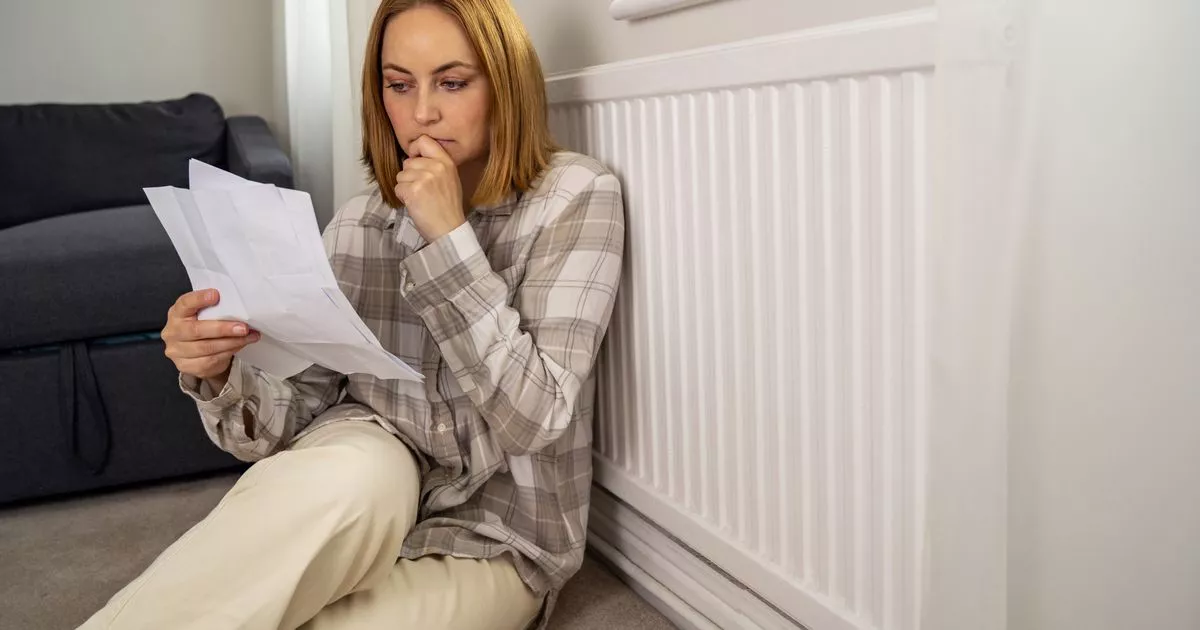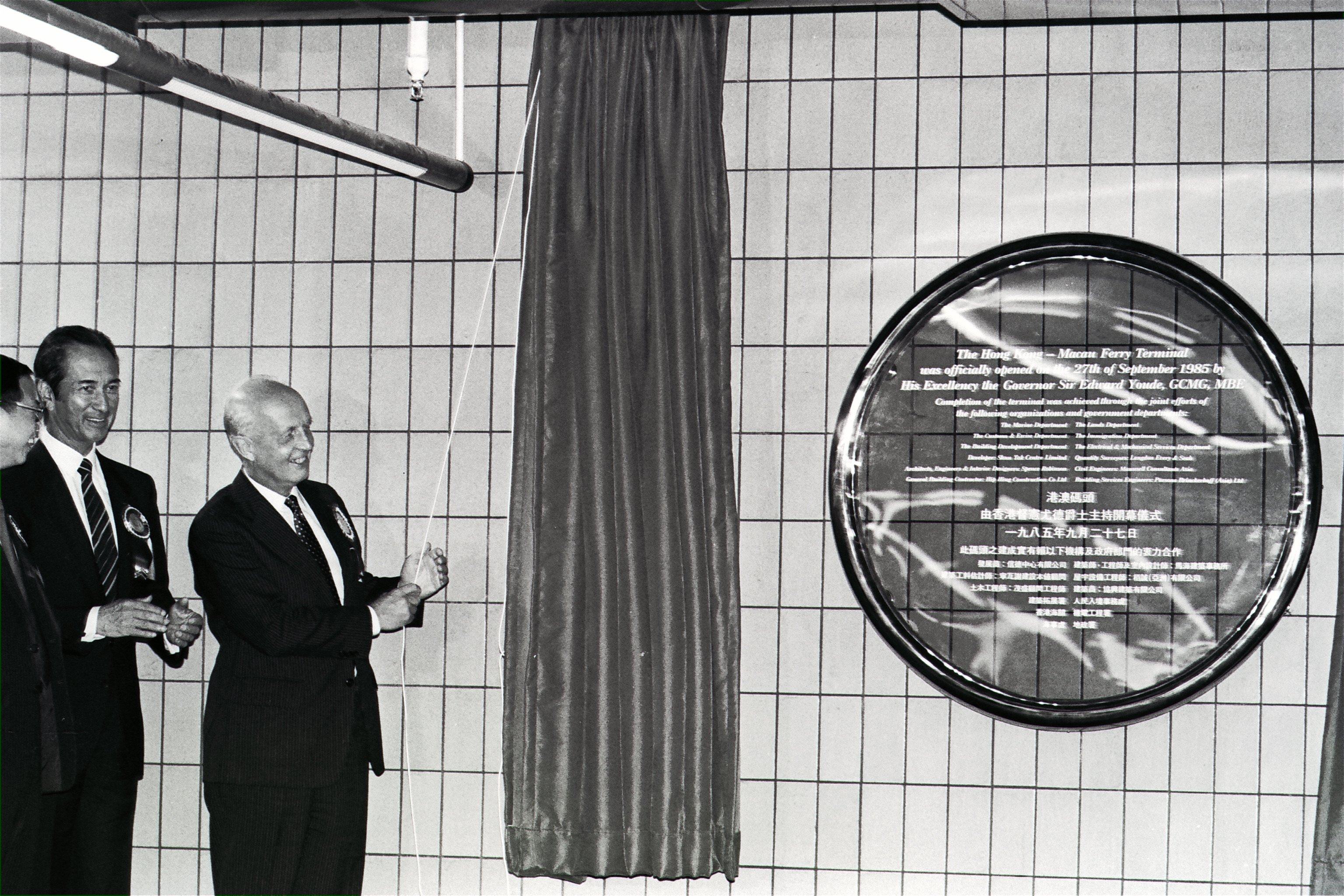Copyright glasgowlive

UK households are being warned over a straightforward measure needed with radiators this winter. The job takes 15 minutes - but experts say many people do not do it. The warning comes as a recent nationwide survey by homebuilder Barratt Homes has unveiled a surprising truth about the UK's relationship with DIY. It revealed that nearly a third of consumers confessed they didn't know how to mend a dripping tap or fix broken tiles, with many shying away from household chores altogether due to a lack of knowledge. The results highlight a growing confidence gap in basic home maintenance, according to the company. Indeed, the survey discovered that a significant number of individuals were more likely to replace household appliances than attempt a repair - often at a hefty cost. The fifteen minute job that people need to tackle is one Barratt says too many people ignore. It's bleeding radiators. Rhoddy MacKinnon, construction director at Barratt Homes, said: "It's a good idea to do this before the cold weather comes. You'll know when your radiators need bleeding, as the bottom half will become hot while the top remains cold. This is a 15-minute task which could make a massive difference to your home's heating and energy bills. "Before you begin, the first thing you'll need to do is turn off your central heating and make sure the radiators are cool - this is incredibly important as you can easily burn yourself if you attempt to bleed hot radiators. You'll also want to identify the bleed valve, usually at the top of the radiator on one side. Have a bowl and towel handy to catch any water that escapes from the radiators. "To bleed the radiators, use your radiator key and turn the bleed valve anticlockwise until you hear the hissing of air escaping. Once all of the trapped air has been released, the hissing will stop and water will begin to leave the valve, that's when it's time to close the valve again. After this, your radiator should work much more efficiently." Barratt says many people do not know how to do DIY Barratt reported that only a quarter felt confident undertaking home maintenance. Nearly 30% of participants admitted they didn't know how to mend a leaky tap and a similar number struggled with replacing broken tiles or carrying out other minor repairs. Many consumers put off or postponed basic home maintenance tasks for fear of exacerbating the problem. Lastly, an increasing number of homeowners chose to replace rather than repair appliances, reports Yorkshire Live. For some, a lack of knowledge on how to carry out repairs meant that household chores simply remained undone (15%). Alongside tolerating dripping taps and unstable toilet seats, almost four in 10 people avoided performing simple tasks such as cleaning their gutters. Mr MacKinnon said: "Autumn is notorious for fallen leaves and moss blocking gutters, which can stop rainwater from draining away from your house. Instead, it can pool on your roof and leak into your home through small cracks. These blockages can also create damp environments where insects and rodents can thrive." Clearing gutters doesn't demand any expertise and can be tackled with basic equipment – simply ladders and a trowel, Mr MacKinnon noted. Manually extract large debris using a trowel, depositing it into a bucket, then employ a hose to flush the gutters and downspouts to locate any lingering blockages. The picture becomes even more concerning when examining faulty appliances, with 38% admitting they're more inclined to bin rather than fix items because it's simply "too much hassle". Meanwhile, just 11% revealed they would take broken goods to a repair café where volunteers mend damaged items free of charge. The dying craft of DIY These findings highlight a wider shift in how people approach home maintenance, with younger property owners particularly prone to farming out jobs their predecessors would have handled personally, according to Barratt. A total of 72% confessed they either brought in experts or turned to more capable relatives when faced with domestic tasks. Whether it's down to inexperience, busy schedules, or plain old doubt, hands-on home improvement appears to be becoming a forgotten skill, the firm noted. Among those claiming some practical abilities, half revealed they'd picked up these talents from mums, dads or other relatives. Today's millennials and Gen Z are far more inclined to turn to YouTube and Google when learning repair techniques. A paltry 8% of respondents have ever enrolled in a practical skills course, the research discovered. Mr MacKinnon explained: "This survey highlights just how many people feel unprepared to tackle even the simplest of household issues. Knowing how to manage small repairs can save money and extend the life of appliances - and it's easier to learn than many think. DIY skills were traditionally passed down through generations, but that chain has started to break. "Many people have never had the chance to learn by doing. Combined with busy modern lifestyles and a fear of 'getting it wrong', it's no surprise that so many people feel unsure about even basic home repairs. The good news is, with the right guidance, these skills are surprisingly easy to pick up." The findings emerged after Barratt Homes quizzed 500 UK homeowners.



